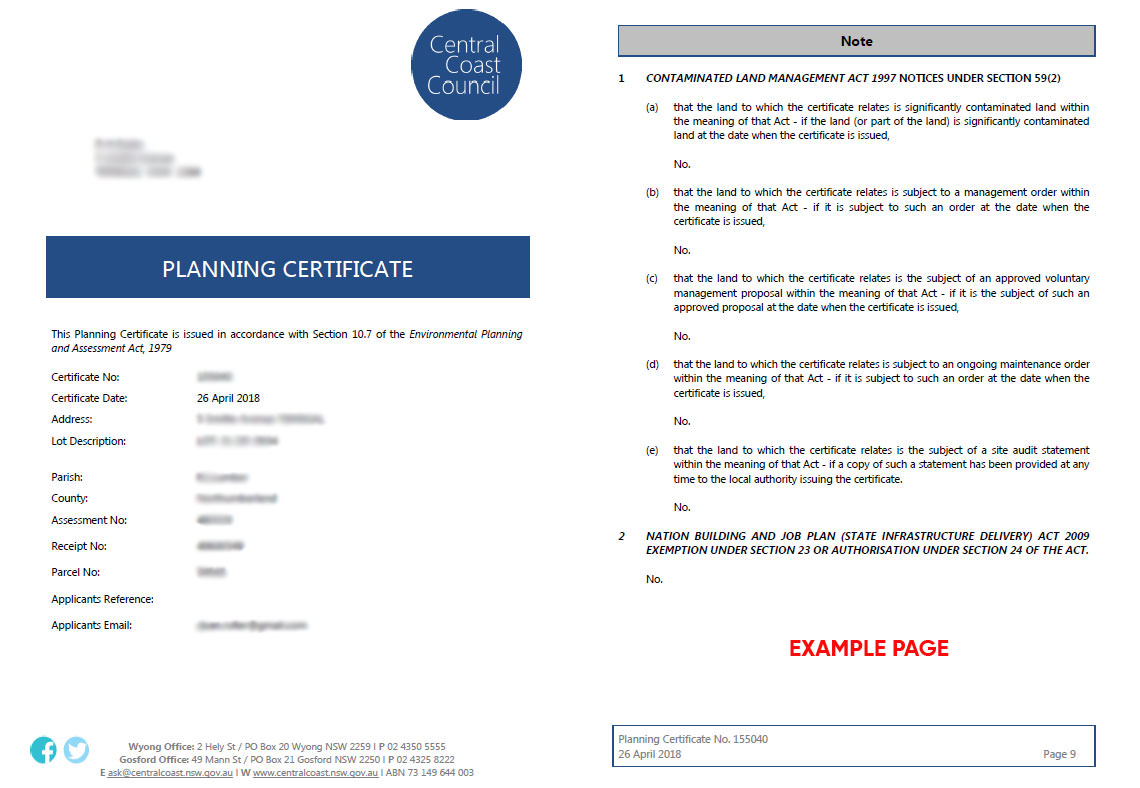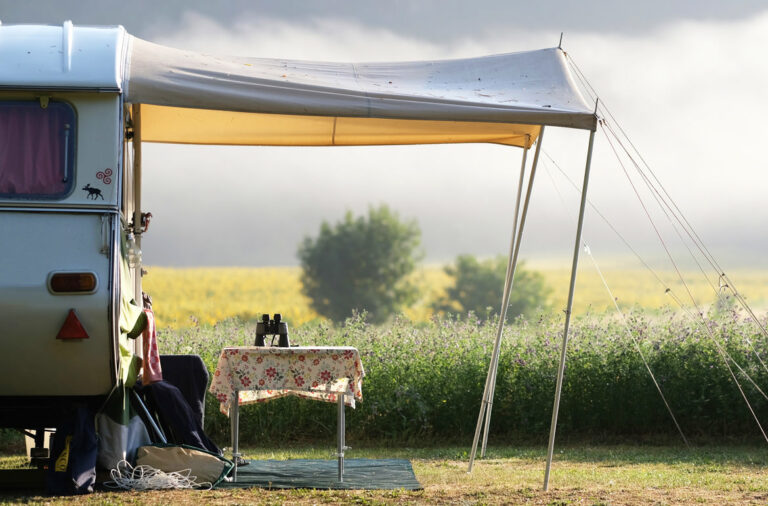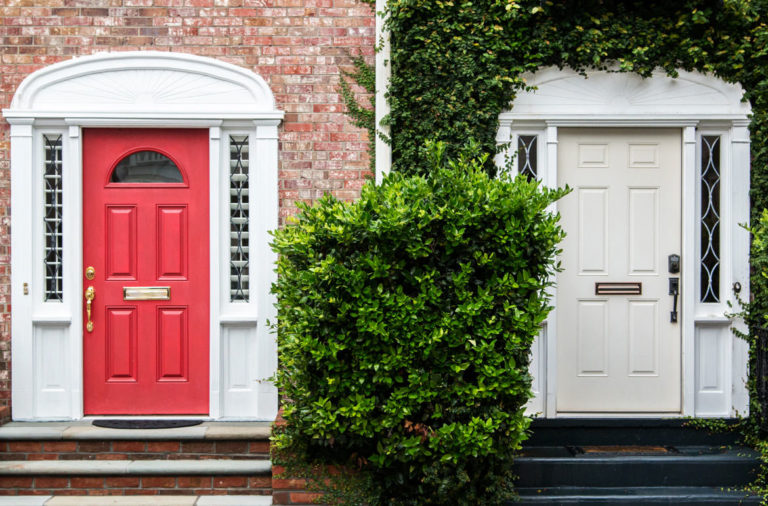
To be approved to build a granny flat, there are certain regulations you have to follow. So, what do you need to do first?
It’s important to ensure that you’re not limited by any restrictions. So, ensure you meet these 6 requirements:
- Your granny flat is not being constructed before another dwelling (that is, the main home), but in conjunction with.
- Your granny flat is on the same lot as the main home, and not on an individual lot in a strata plan, or a community title scheme.
- There’s only one main home on the block of land (meaning, the land has not been subdivided and so is in co-existence with a secondary dwelling).
- There’s enough space on the land to build the granny flat.
- You abide by the set backs and boundary restrictions (described below)
- There are no ‘easements’ (Parts of your land that you cannot build over, due to council needing it for example)
Then, you should get approval by your local council, in NSW for example; you will need a Section 10.7 Certificate. This will confirm what you can do with your land, i.e. build a granny flat on there.
DON'T PAY A FORTUNE FOR YOUR GRANNY FLAT. Find out how to deal with council and build a granny flat for the lowest cost possible. Learn More.

We hope to make it easier with this article to know what is possible for your land
So let us dig into it, so you can decide whether building a granny flat is possible for you.
What is a Section 10.7 (NSW example)
A Section 10.7 Certificate is a “zoning certificate”. A legal document that can be issued by your Council, it’s title-related and notes restrictions placed on the land and what it can be used for.
You’ll see general information such as:
- Your local Council.
- Your name and address.
- The Certificate Number and Date (they have a 3-month expiry period).
- Your lot described in legal terminology.
- Your Zone – Note this is of importance, it relates to the restrictions on uses for different land zones.
More importantly, the Certificate will show how your land can be used, such as:
- The majority of restrictions, controls and conditions that bear on the land.
- How you’re allowed to use the land.
- All restrictions on development.
The sub-heading below elaborates on anything that may be on the Certificate which can prevent you from building.
The Certificate also checks whether your land complies with the SEPP. So, you know if you can get approved through Complying Development (CDC) or need full Development Approval (DA).
It’s a very important Certificate to obtain when planning on building a granny flat and the first step to take. From this you can find out what you can and cannot build, if you’re limited by restrictions, and if your granny flat will be approved.

Here is an example of a Section 10.7 certificate
For how to read a Section 10.7 Certificate, see this post.
What Prevents You from Building a Granny Flat
As mentioned, your Section 10.7 Certificate will show any hazards or restrictions on your land that may prevent you from building a granny flat.
This includes:
- Bushfire zones rated BAL 29 or above.
- High risk or overland flooding.
- Zoning.
- Land contamination from mine subsidence.
- Land-slip.
- Tidal inundation.
- Acid sulphate soils.
- If any loose-fill asbestos insulation has been identified in the Councils’ region.
- If orders have been served under the Trees (Disputes Between Neighbours) Act 2006.
- If there is any heritage or conservation areas on your land.
- If your lot is subject to any road widening or realignment projects.
- If Council knows of any proposed developments on your property, such as site compatibility certificates for old-peoples’ homes, affordable rental homes, or infrastructure (i.e. schools or TAFE’s).
- If Council knows of any other issues that may affect your land, such as major roadworks, Vegetation controls, or a Tree Preservation Order.
These can either prevent you from being approved to build a granny flat, or add a lot of unexpected costs to your proposed development.
What Are the Steps You Need to Take?
When you have determined you’re not limited by any restrictions, and meet the 4 key requirements, it’s time to start researching.
You need to learn about the key setback, size, and legal requirements for your block. Ask – “Is my land big enough?”.
Council will generally require a minimum property size before they will give permission for building a granny flat. This size is different in every state. You’ll see a link to yours in the below sub-heading.
However, if your land meets these size requirements, it doesn’t automatically mean that you can easily fit in a granny flat. You must consider setbacks – the minimum distance needed from:
- The granny flat to the main home, unless a fire-rated wall is put in place.
- Your rear boundary line.
- Your side boundaries.
- Your front setback.
- Your neighbours.
These setbacks may change, depending upon the height of your granny flat, and your property size. You can view more detail about the setbacks here.
But they do vary between Councils, so I suggest you contact yours for your exact rules.
What also varies is whether you must provide parking at the granny flat or not. Some Councils insist on 1 parking spot, other do not require any, as long as the principal dwelling has off-street parking.
Again, I suggest calling your local Council. If you do have to put parking in, you can view these suggestions for garages.
Now, if there are no restraints on your land, you’re ready to find a design and begin your approval process.
Your Section 10.7 Certificate should have shown you if you can be approved through a CDC or DA. To see the difference between the two, and decide upon your best option, you can read this post.
All application forms needed can be obtained either from your local Council or downloaded from their website.
Now it’s time to employ a Surveyor, Engineer and Designer to Check Your Land and Develop Plans.
You can now start designing your granny flat. You can have either an architect or a draftsperson draw you construction ready plans for your granny flat that will be accepted by Council.
You will also need to have an engineer come to your site to perform soil tests and verify the foundation upon which your granny flat is to be built.
Their report will include information such as the strength of the concrete you must use, or the spanning that is needed between your piers.
Have A Certifier Check Your Plans.
When your plans are in order, you’re ready to employ a Certifier to carry out the necessary inspections for your build, so they can verify your dwelling is an exempt development.
You can choose either a Council certifier or a private certifier.
Get the ‘Go-Ahead’ from the Certifier.
Before you can begin building, your Certifier will hand you a Construction Certificate. This essentially happens when your Certifier visits the first time.
The intention of this Certificate is to ensure your proposed development remains compliant with your initial approved plans.
Now you may now start building.
Get the Final ‘Sign Off’ from a Certifier
When you have finished building, the certifier will revisit and give you your Occupation Certificate – if you followed all the plans you submitted. This is required before anyone moves into the granny flat.
It verifies your dwelling is safe and suitable for tenants to reside in, as its’ health and safety standards meet the Building Codes of Australia.
That’s it – building finished and ready to live in!
However, please note that there are many more Certificates you will need to obtain, especially if you are planning on building yourself, such as an “owner-builder” permit and “white card”. The full list of Certificates can be seen here.
For a step-bv-step guide on how to go about building the granny flat, you can read my post here.
Different Rules for Each State of Australia – To Get Started
When planning the build for your granny flat, you must adhere to regulations that are set by both your local Council as well as the Government.
So, below is a full list of the regulations for your state:
Can You Get Around These Rules?
There may be loopholes to get around some of Councils’ regulations. You can see them below:
- Can You Build a Granny Flat on a Duplex?
- 2 Granny Flats on One Property.
- “What is the Maximum Size for a Granny Flat?”, we discuss what to legally attach to your granny flat to increase its’ size.
If you have other restrictions such as land that is affected by landslip, you can employ the services of a qualified engineer and building surveyor to help you.
Or, if building in an area prone to flooding, you must build a flood aware granny flat.
What Can You Do if You Want to Convert an Existing Space
Converting an existing space is one of the easiest ways to turn an area you already have on your property into a granny flat. After all, if you have a building no longer being used, it can be possible to change this into a granny flat, rather than building a new one from scratch. This is a building that is already has four walls, a roof, floor, and a foundation.
So, the existing spaces that you can look at converting are your:
- Garage, or
- Workspace
Again, you will just have specific regulations that you must meet. These are:
- That your property is 450sqm or more.
- You do not have another granny flat already on your land.
- Your property is in a residential zone.
- Any fascia or eaves you have are fire-rated.
- Your garage or shed is under 60sqm, and is situated:
- More than 3m away from any trees on site.
- Over 3m away from your rear property line, and 0.9m from your side boundaries. OR IF NOT, you may be able to get approved if you use a fire-rated wall on the side which is too close to your boundary.
- Your living area and bedroom/s are 2.4m or more in height, when measured internally. This is the measurement of the average height if you have a cathedral or skillion roof.
Feel free to read my posts on converting garages or sheds for everything you need to know.
Final Thoughts to Sum Up
Though building your own granny flat is great, it can definitely help if you hire a professional designer, as you will get the ideal result.
But, even so, you don’t need to pay a fortune for your granny flat. Find out how to deal with Council and build a granny flat for the lowest cost possible. Learn More.
Conclusion
I hope this has given you the insight and inspiration to start building your granny flat. If you’re ready to begin, find out more about DIY’ing your granny flat here.












